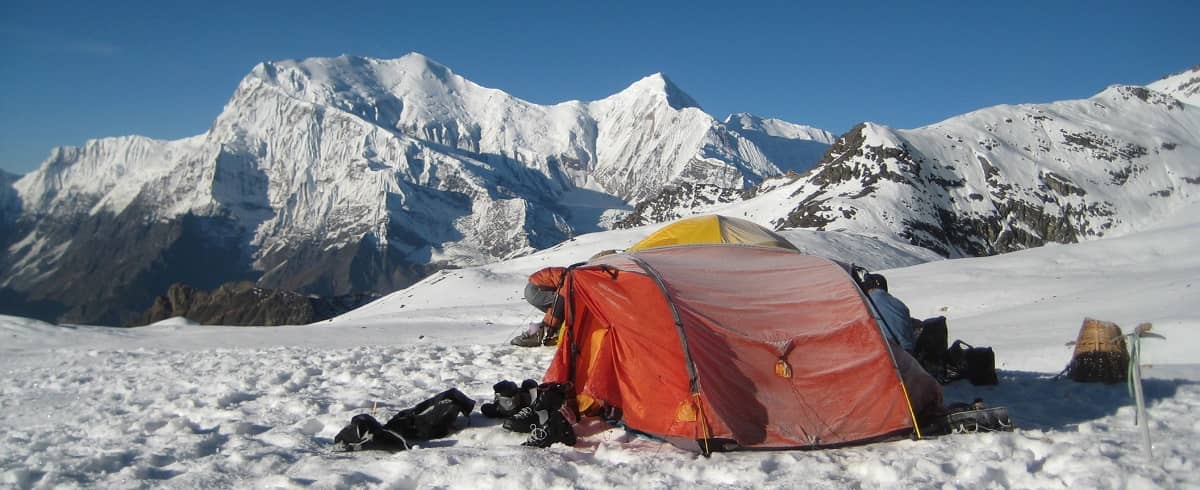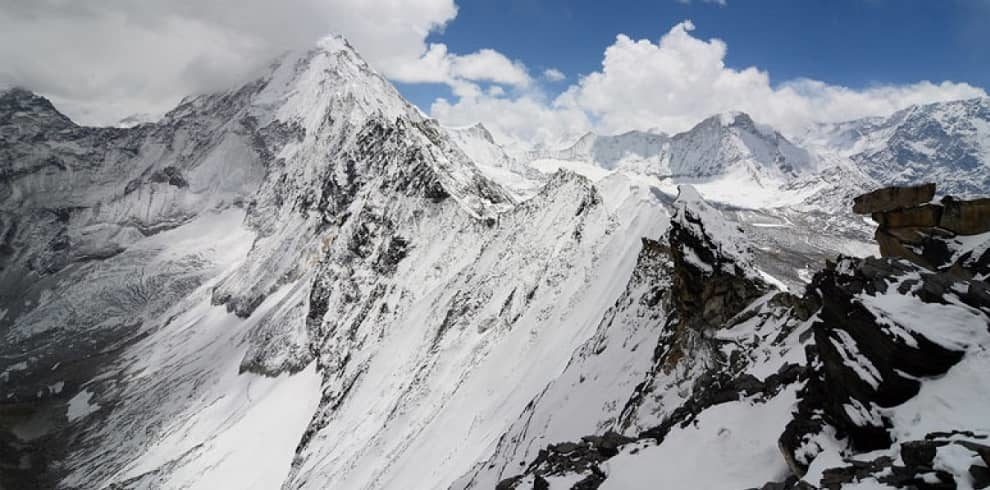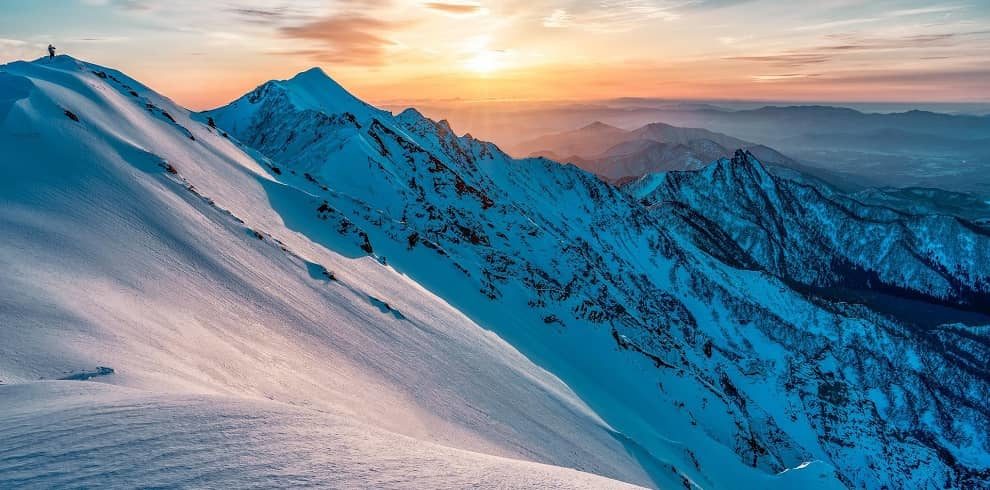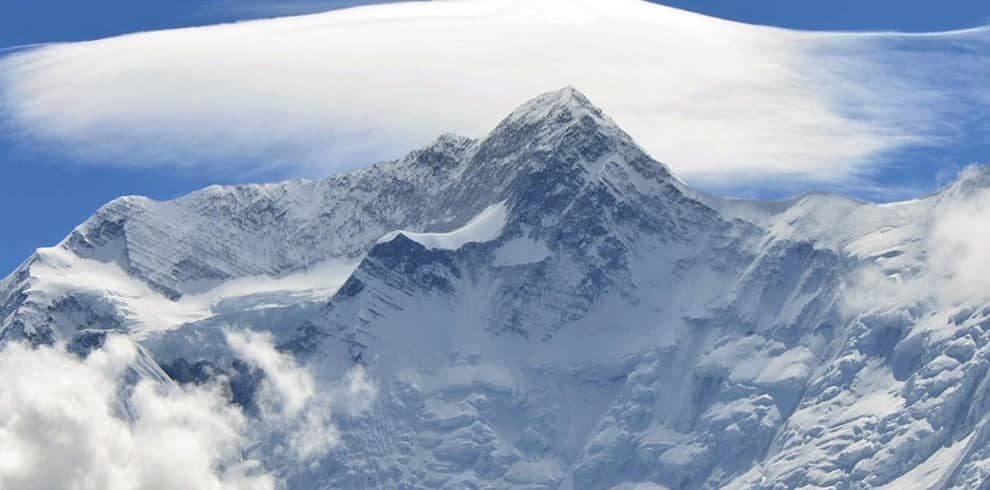Introduction To Chulu Peak Climbing In Nepal
Table of Contents
ToggleThe Chulu West Peak is one of Nepal’s most popular and difficult hiking peaks, attracting hundreds of climbers each year during the climbing season.
It is located north of Manag village in the Annapurna area. The Chulu West Peak is a spectacular peak that rises to 6419 meters (21,055 feet) above sea level.
Being able to reach the summit of this mountain is undoubtedly a once-in-a-lifetime achievement.
The Chulu West Peak has become one of Nepal’s most popular climbs in recent years, and it should be on the bucket lists of most people across the world.
This legendary summit in the Himalayas offers 360-degree vistas of Annapurna, Dhaulagiri, Manaslu, and countless other Nepalese and Tibetan plateaus.
It is fairly suitable for both experienced and novice climbers who wish to conquer the mountain and themselves at least once in a lifetime.
Our Chulu west peak itinerary is non-technical climbs and anyone with reasonable fitness can be a part of this journey. There are no technical climbing skills required in reaching the summit of this peak.
During the spring season, the ideal months for peak climbing are March and May. Similarly, in Nepal’s autumn season, October and November are the finest months to climb; choose any of these months for this climbing that gives temperate temperatures and spectacular vistas with crystal clear weather.
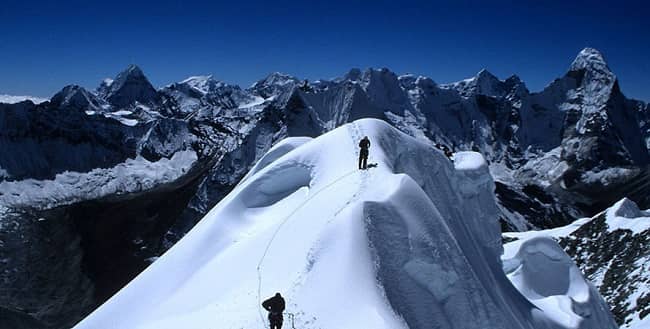
Highlights Of Chulu Peak Climbing In Nepal
- Drive through the mountains to Besisahar and Danakyu.
- Beautiful pine trees and wild rivers.
- Villages, people, and traditions in the area
- The beautiful snow-capped mountains and diversified landscape.
- Gangapurna’s magnificent glacial lake.
- Mountain Buddhist monasteries and insights
- The Kali Gandaki valley and Muktinath temple.
Benefits Of Chulu Peak Climbing In Nepal
- Upon arrival and departure, free domestic and international airport transfers are provided.
- Any necessary trekking gear, such as sleeping bags, down coats, duffel bags, walkie-talkies, trekking poles, and an oximeter to measure your oxygen and pulse, is provided free of charge.
- A hiking route map, a t-shirt with the Alpine Ramble Treks emblem, and a hat are all fun souvenirs of your Himalayan experience!
You may also visit Bardiya National Park Tour-Cost, Distance, Itinerary, In Nepal – 4 Days
Overview
- Among the Chulu summits, the Chulu west peak is another popular climb (Chulu east, Chulu far east, Chulu central). The 6419m/21059.71ft high Chulu west peak is located north of Manang, above the Ghyanchang Khola (river).
- Although there isn’t much technical climbing at this peak, it does necessitate high physical condition and fitness to reach the summit. Before reaching the summit, this peak has a “base camp” (4800m) and a “high camp” (5550m).
- The Chulu West Peak is considered by some to be one of the best peaks in the Annapurna range. We will have spectacular views of Dhaulagiri, Nilgiri, Annapurna, and other Himalayan peaks while climbing the top. Climbing the Chulu West Peak, on the other hand, necessitates good physical fitness and stamina.
Itinerary
Includes/Excludes
Includes
- Private automobiles will pick you up and drop you off at the airport for free.
- During the walk, full-board meals (breakfast, lunch, and dinner, the main course) are provided.
- 2 nights at a 3-star hotel in Kathmandu and 1 night in a 3-star hotel in Pokhara with breakfast
- During the trip, you can stay at a teahouse or a trekking lodge.
- During the climbing season, you'll be staying in a tent.
- Meals, airfare, insurance, lodging, and equipment for one highly experienced Alpine Ramble's government-licensed, English-speaking local trekking and climbing guide are covered.
- All modes of land transport: By public bus or jeep from Kathmandu to Bhulbhule, then by ac deluxe tourist bus from Pokhara to Kathmandu
- Flights from Jomsom to Pokhara include all applicable airport charges.
- A reliable local supporter (2 trekkers: one porter)
- All required documentation, including the Annapurna Conservation Permit TIMS card and fees (Trekking Information Management System)
- Permits for climbing
- During the journey, use water purification pills to ensure that you have safe drinking water.
- Prices for employees, including their wages, insurance, equipment, domestic transit, food, and lodging
- Sleeping bag with down jacket (to come once trip completed)
- All applicable airport taxes are included in the price of the flight from Jomsom to Pokhara.
- Snacks to supplement your meal: energy bars, crackers, cookies, and so on.
- Every evening after supper, fresh fruits that are in season are served.
- After a successful trek, a certificate of appreciation is presented.
- Farewell Dinner with traditional performances in a typical Nepalese restaurant
- A free hiking T-shirt and a route map are included in the package.
- Instrumentation for group mountain climbing (climbing).
- An oximeter is a device that measures your oxygen and pulse levels while on a mountain walk. It is highly beneficial for all trekkers to be aware of high altitude sickness.
- Emergency rescue operation - (In the event of an emergency, we will arrange for rapid and expert rescue services.) You must be properly covered by a reputable travel insurance company that covers both helicopter evacuation and medical treatment fees in order to arrange prompt evacuation/rescue by helicopter.)
- All federal, state, and local taxes, as well as official expenses
Excludes
- Fees for entering Nepal (You can obtain a visa quickly upon your arrival at Tribhuwan International Airport in Kathmandu, Nepal). For a 15-day Visa, it costs $25 USD.
- Extra lodging and food are being added to the itinerary.
- Airfare to other countries
- Shopping, hot and cold drinks, hot showers, hard and soft alcohols, snacks, hot and cold water, Wi-Fi, battery recharging fee, and extra porter
- Travel insurance must cover high-altitude rescue and evacuation in the event of an emergency.
- Personal items, as well as trekking and climbing equipment
- Additional costs, itinerary changes, or delays are caused by factors outside management's control, such as weather, illness, changes in government policy, strikes, and physical conditions, among others.
- Thank you to all of the guides and personnel (Recommended by Nepali culture )
Chulu Peak Climbing 21 Days
The ascent to Pokalde’s summit at 5,806 meters, often regarded as one of Nepal’s shortest and easiest climbing peak climbs, mostly involves walking and scrambling until you reach the last portion.
The cost of Island Peak Climbing with Makalu Adventure for a 20-day program is US$2500 per person. Climbing Island Peak is a difficult climb that requires you to go with a government-licensed trekking company.
Cho Oyu is the world’s sixth tallest peak and the most accessible of the fourteen 8,000-meter peaks. The climbing is tough, and a good level of fitness is required, but Cho Oyu is an excellent peak for those who want to feel the thin air at 8,000 meters for the first time.
Ama Dablam is a challenging mountain to climb. Some people underestimate the challenge because of the Himalayas’ low altitude. The challenges of rock and ice climbing, along with the altitude, offer a tremendous test for anyone.
